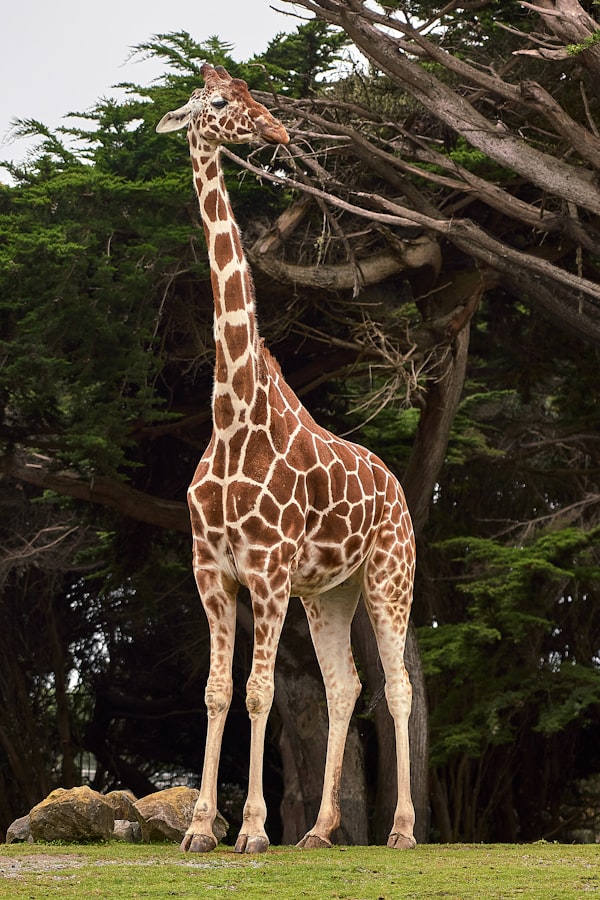Florida Unveils Impressive Everglades to Gulf Conservation Area: Protecting Wildlife and Enhancing Climate Resilience

Florida recently unveiled the impressive Everglades to Gulf Conservation Area, covering 4 million acres from Naples to Lakeland.
This conservation area is a significant addition to the National Wildlife Refuge System, managed by the U.S. Fish and Wildlife Service.
Home to various species including the Florida black bear, Florida panther, and sand skink, this area aims to protect over 100 threatened or endangered species.
The conservation area provides essential wildlife corridors, supports outdoor recreation, and enhances climate resilience in southwest Florida.
Partnerships with private landowners will be key in preserving crucial habitats, supporting recreation, and building resilience against climate change.
Covering 12 counties, this vast area is dedicated to the conservation and restoration of fish, wildlife, and plant resources for present and future generations.
National wildlife refuges play a critical role in preserving habitat for threatened and endangered species, conserving wilderness, and protecting historical and cultural resources.
The Pelican Island National Wildlife Refuge in Indian River County was the first wildlife refuge established in the U.S. by President Theodore Roosevelt in 1903.

